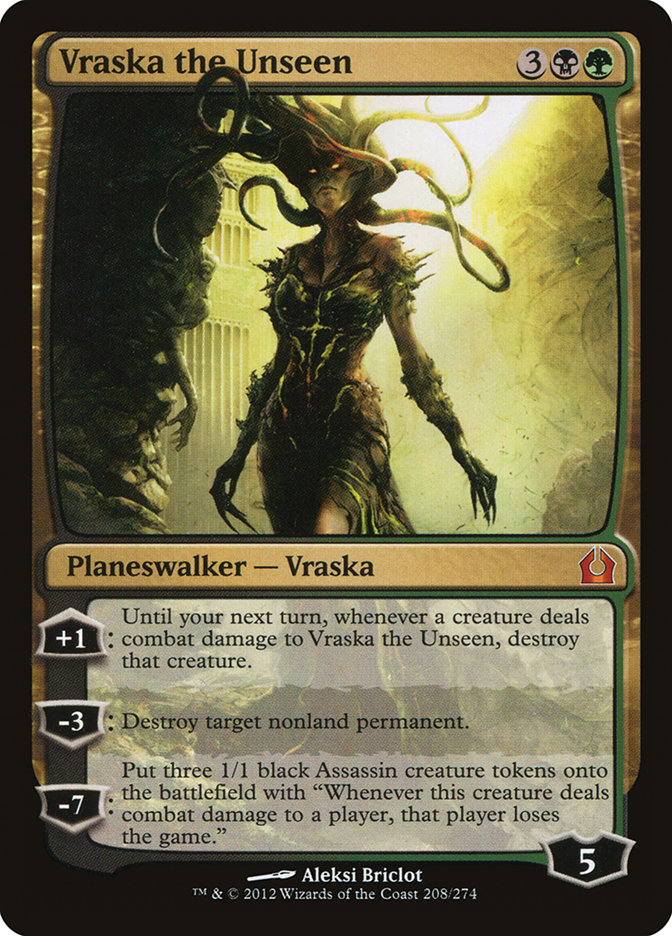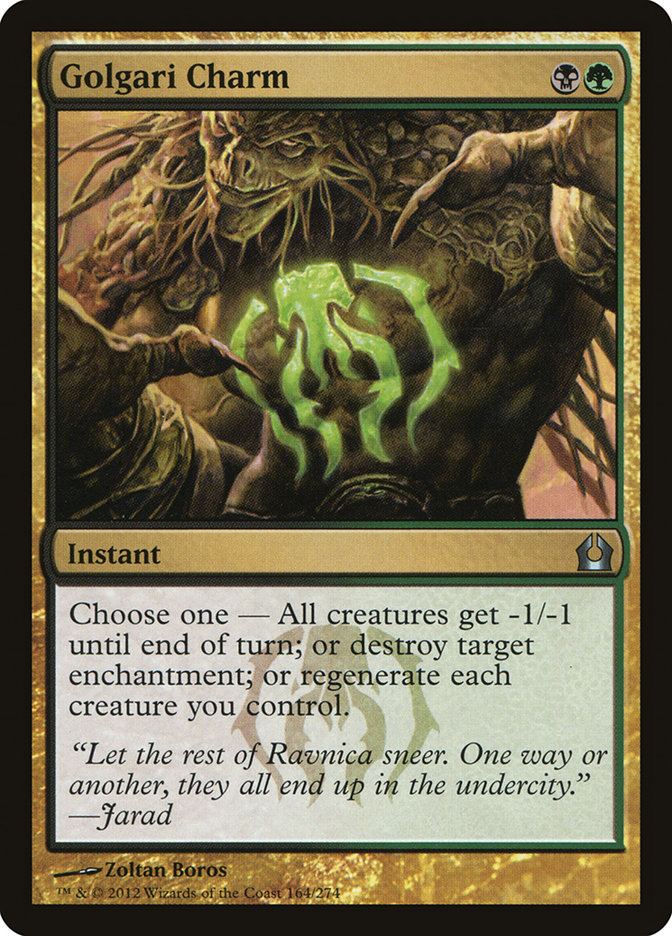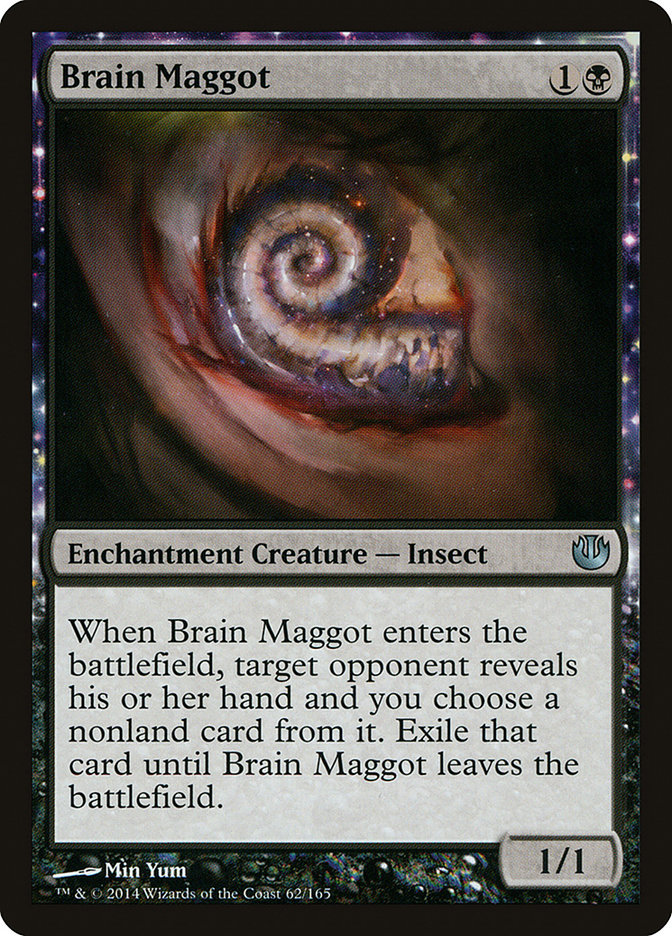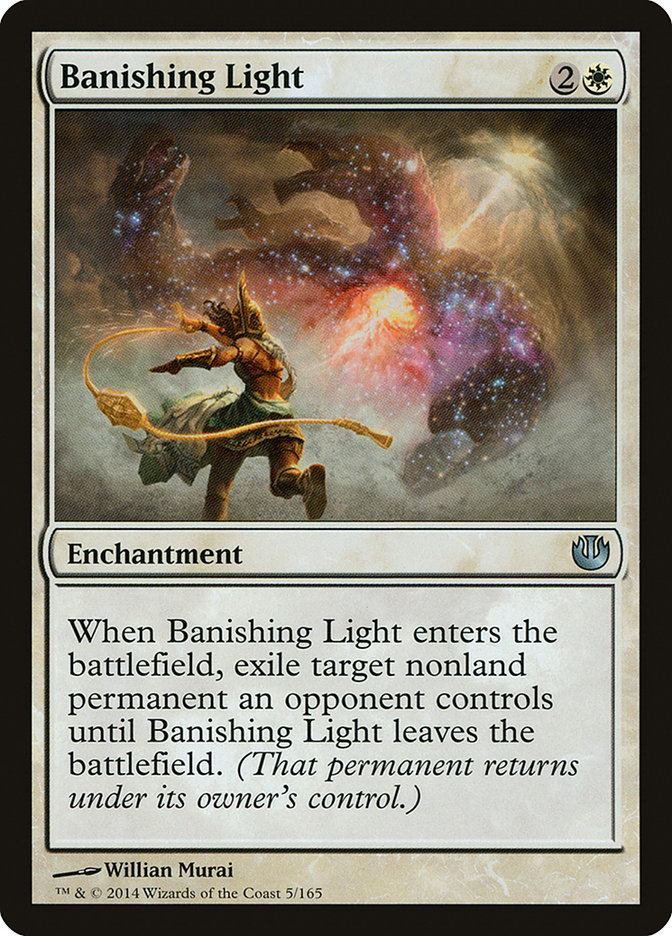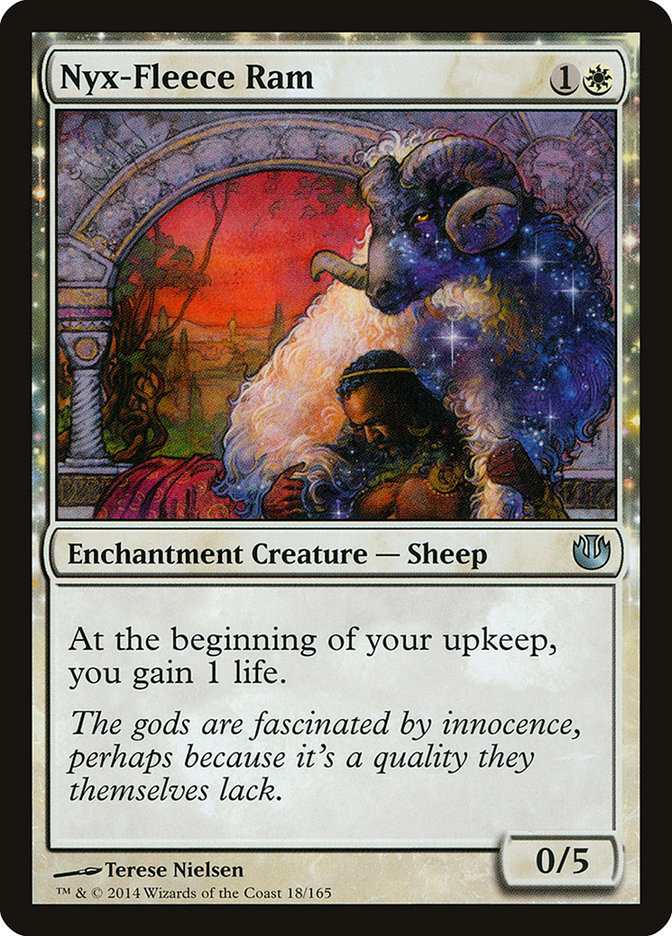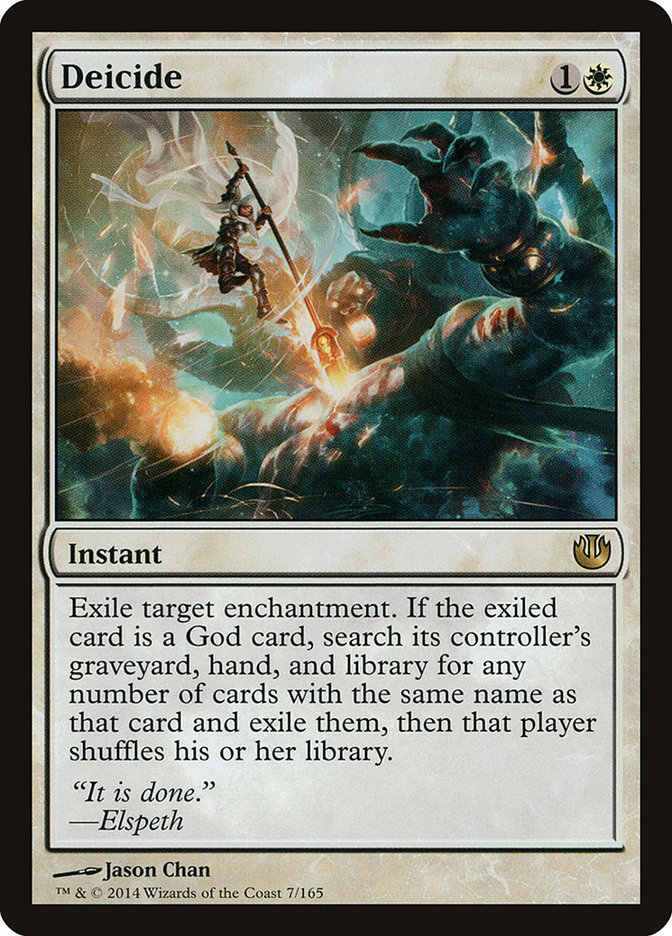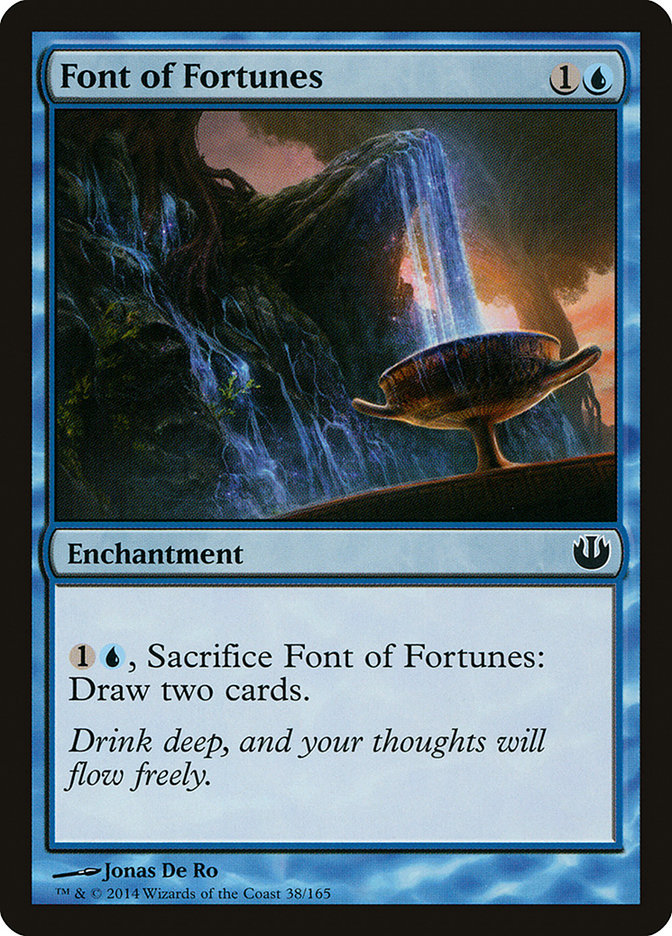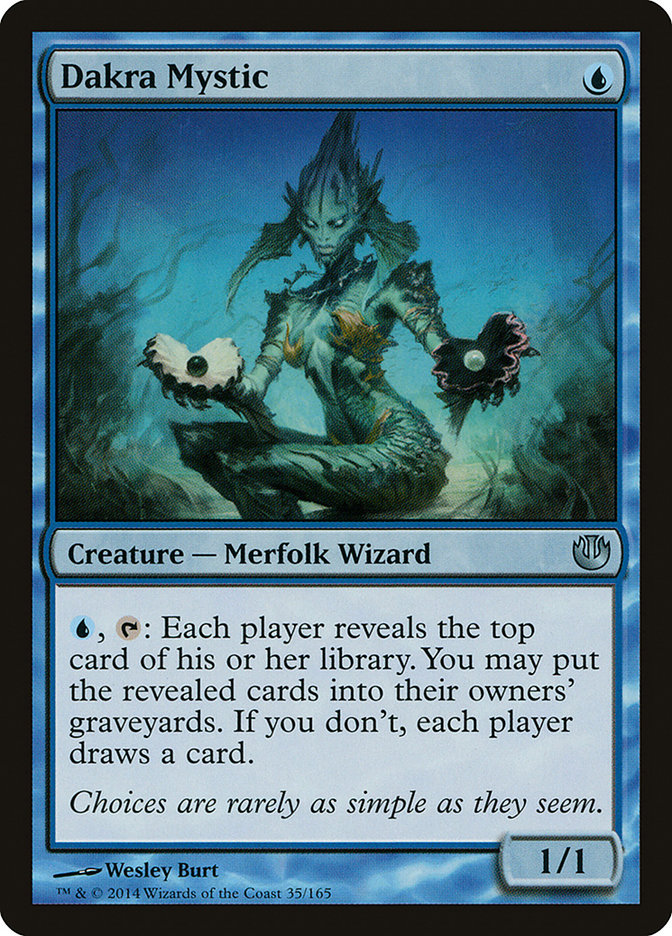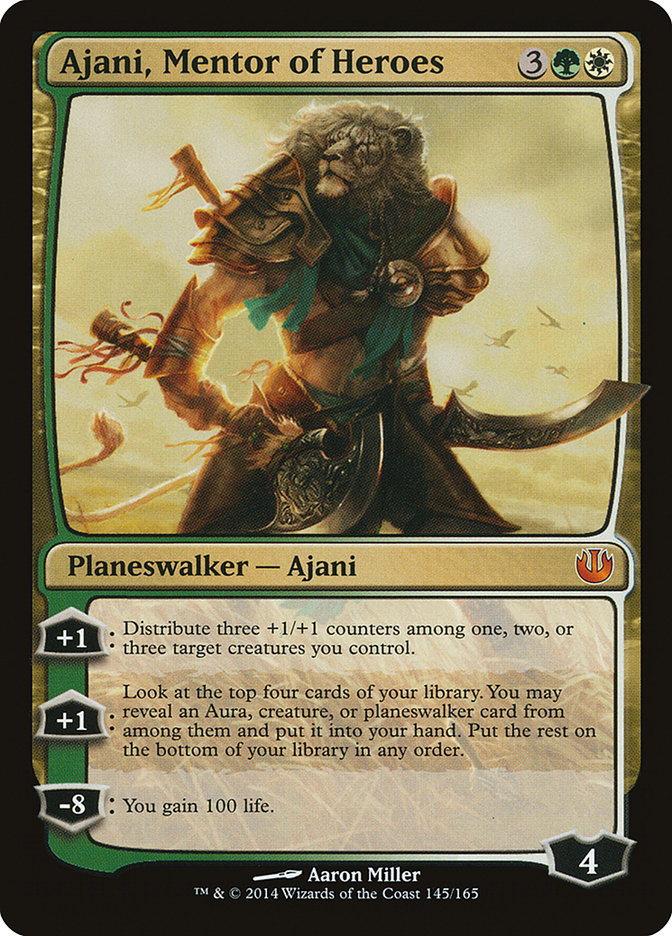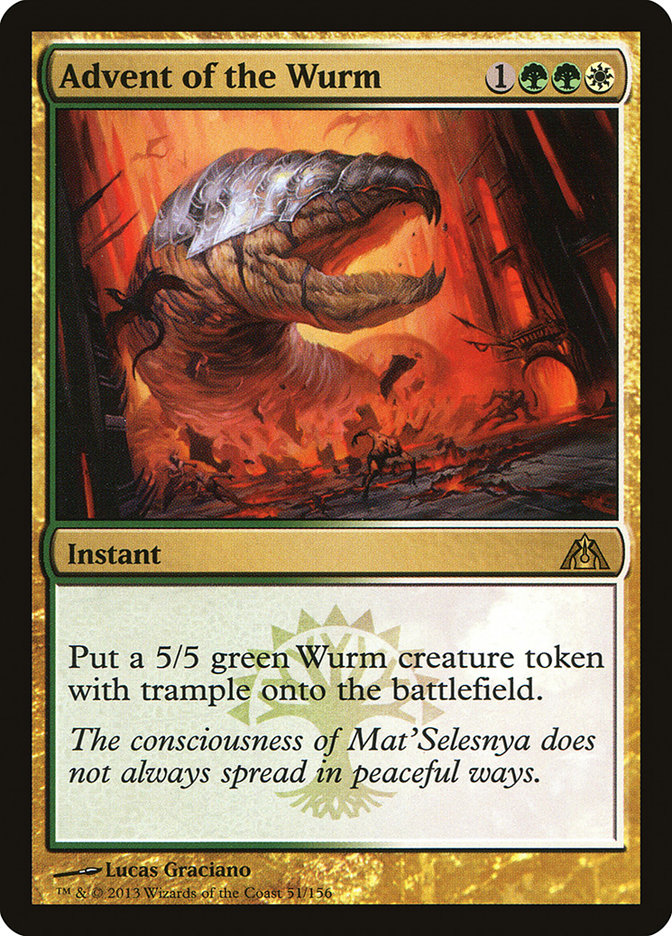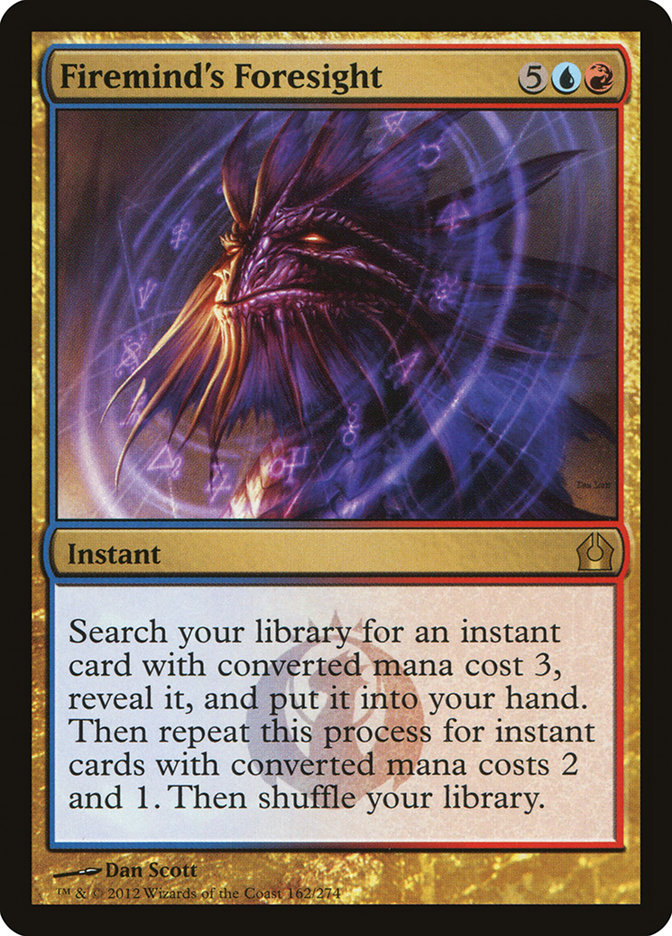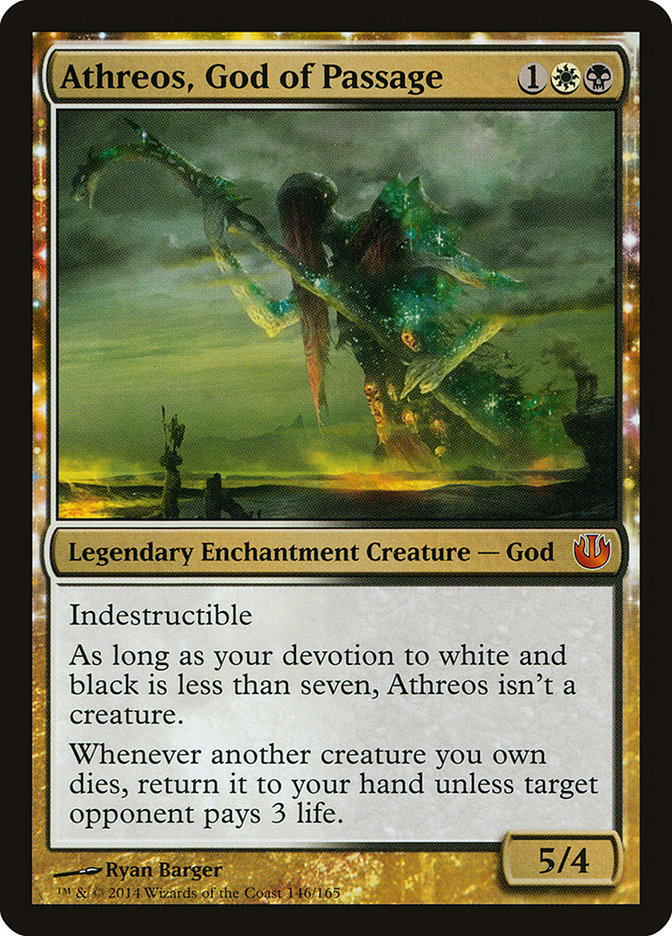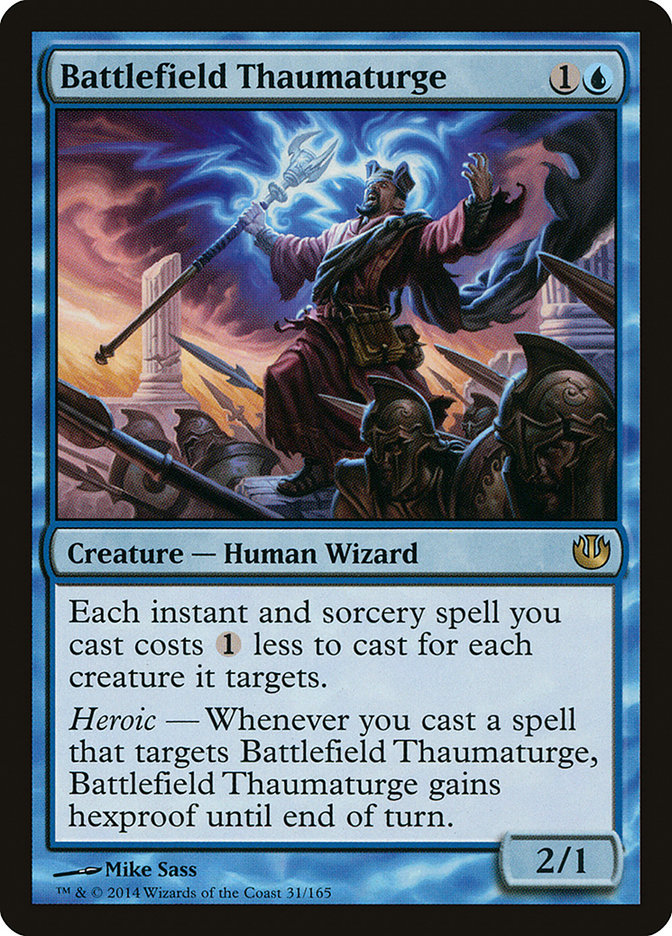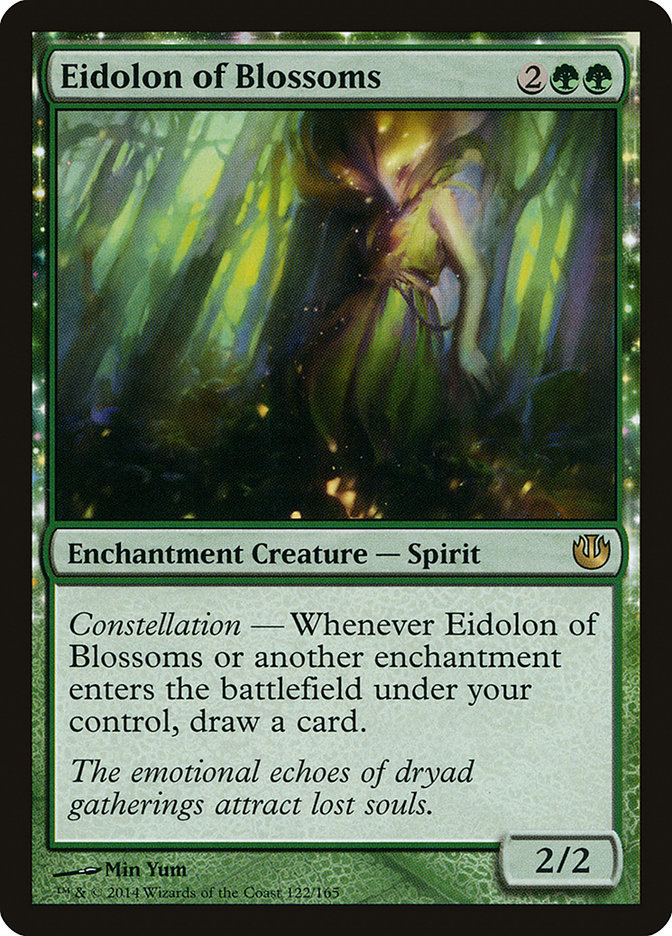And the first eight are in.
The Open Series in Cincinnati went down last weekend and gave us the first major
results from our new Journey into Nyx Standard format. Back in the day, a set wouldn’t be legal for a week or two after it was released, which allowed people
time to get the cards they needed and flesh out their decks. That was quite a long time ago, as now we get thrown right into the gauntlet right away.
It’s much more fun this way, isn’t it?
This means that innovation slowly trickles in, as those who are reluctant to adopt new ideas stick with their guns while the brave innovate. While there
wasn’t a whole lot of innovation in Cincinnati, let’s take a look at our first Top 4 and see where new cards slotted in and might slot in in the future.
Creatures (16)
Planeswalkers (1)
Lands (25)
Spells (18)
Sideboard

Andrew took what is probably the best approach on day one of a format-take the best deck and give it a slight update-and it paid off for him with an Open
Series trophy.
Mono-Black Devotion has been one of the best decks in the format for a very long time, and the green splash has many powerful and subtle benefits. While
people have tried the green splash before, without Temple of Malady it was often awkward to make the mana work. Now Andrew was able to use Golgari
Guildgate to fill in the holes of his manabase, not support it fully.
While the spells in Andrew’s deck that are new to the deck are not ‘new’ per se, they are facilitated by the existence of Temple of Malady. The
mana available in a format is always one of its most defining characteristics, and what spells we play is often most dictated by what spells we can
actually cast. There may be the cards in the format for an amazing U/G beatdown deck, but if the dual lands aren’t there for it to have a consistent
manabase, it’s just not going to happen. All three of these cards are right in line with what Mono-Black Devotion wants to be doing; they are extremely
versatile removal spells that are very good at handling a wide variety of problems. They also help to break the mirror open as they answer the unanswerable
Underworld Connections, as well as all sorts of other problem enchantments like Detention Sphere and Assemble the Legion.
As far as new innovations, there really aren’t a whole lot of options. Brain Maggot is the enchanted cousin of Mesmeric Fiend, and while Mesmeric Fiend was
a pretty good card back in the day, that was when creatures were pretty awful. Creatures being so awful meant that most control decks hardly played any at
all, and a 1/1 body was somewhat relevant. Now pretty much every deck in the format plays a good number of creatures (or at least Mutavault), which makes
Brain Maggot’s 1/1 body more of a liability than a benefit. I would be much happier playing Duress in most scenarios. It’s possible that Spiteful Blow
could be a pretty spicy one of for the mirror match, as it can snag a creature and a land enchanted with Underworld Connections, but it might just be too
costly.
This deck seems very good, and I’m not at all surprised it took down the trophy. Look for this deck to be public enemy number one going forward.
Planeswalkers (7)
Lands (27)
Spells (26)
- 1 Syncopate
- 1 Negate
- 1 Elixir of Immortality
- 4 Azorius Charm
- 4 Supreme Verdict
- 4 Detention Sphere
- 4 Sphinx's Revelation
- 2 Celestial Flare
- 4 Dissolve
- 1 Banishing Light
Sideboard

Ahhh… my old standby. Eric Rill took U/W Control to the finals with another fairly stock list that is very similar to what I would have likely played.
Somewhat interesting is his use of a maindeck Jace, Memory Adept over the usual Aetherling. I’ve always been a pretty big fan of the biggest of Jaces as I
like how it is both a card draw engine as well as an eventual win condition, and Eric moved the Aetherling to the sideboard for the matchups he would want
it.
As far as new cards go, Eric was rather stingy. A singleton Banishing Light made the main deck to complement the full set of Detention Spheres. Despite
Detention Sphere seeming clearly better in a vacuum, there are a number of factors that could make you want to consider Banishing Light instead. Most
obvious is that you can Banishing Light a Detention Sphere, which is something Dentention Sphere can’t do. In this manner you can release your imprisoned
Planeswalkers to fight another day, which can be major game changer. Very important also is that Banishing Light gives you a good answer to Mistcutter
Hydra (and to a lesser extend Skylasher) that is flexible enough to answer other things as well. This is important as the straight U/W Control decks often
struggle to deal with Mistcutter.
Nyx-Fleece Ram is the kind of new card that always sees play on week one of a new format, as its function is very easy to understand: put this card in your
sideboard, play it turn 2 against aggressive decks, and watch them cry. If you play aggro, expect to have a plan for this card until it rotates because it
is going to be a huge pain for you.
The singleton Deicide is a pretty simple upgrade to Revoke Existence. There are very few playable artifacts in Standard, and most of the ones that see play
are also enchantments anyway. This means you get to play your Revoke Existence at instant speed now, and on the off chance you hit a Thassa, God of the Sea
or Erebos, God of the Dead you get a nice little bonus. This card is very silly to me, as the gods are already the underpowered faces of the block. Did
they really need a card that completely hoses them?
Looking at possible new cards that could go into U/W Control, there really aren’t a whole bunch of options. I’ve always played a couple of Divinations in
my control decks as a way to ensure I hit my land drops and provide a little card advantage against the Thoughtseize decks, and it’s possible that Font of
Fortunes is just better; you can play Font of Fortunes on turn two and then leave mana open for Dissolve on turn three, which is a nice little bonus.
I spoke highly of Dakra Mystic in a previous article, as I think this is definitely a card that is going to see play in some shape or form. One possible
application is in the sideboard of the U/W Control deck as a way to gain an edge in mirror matches. As most of the time you are full handed in the mirror
anyway, a first-turn Dakra Mystic could be a fantastic little card draw engine that comes down early and then draws cards at the end of your opponent’s
turn so they have to discard anyway.
U/W Control certainly isn’t going anywhere until Sphinx’s Revelation rotates, and will likely be my deck of choice for a pair of IQs this weekend.
Creatures (17)
- 3 Scavenging Ooze
- 1 Obzedat, Ghost Council
- 2 Blood Baron of Vizkopa
- 2 Archangel of Thune
- 1 Lifebane Zombie
- 4 Sylvan Caryatid
- 4 Courser of Kruphix
Planeswalkers (3)
Lands (25)
Spells (15)

In third place we see a deck with a little more pizzazz. Jeff Hoogland brought a Reid Duke-inspired Junk Deck to the table and took it all the way to the
semis. A very interesting conglomeration of many of the best spells in Standard, Jeff’s deck also made prominent use of the newest Planeswalker on the
block, Ajani, Mentor of Heroes.
We talked a lot about Ajani, Mentor of Heroes a few weeks ago, and here we can see him being put to work
as a midrange card advantage engine. Ajani’s second ability is pretty sweet in this deck, as it can grab any of the creatures, the few Planeswalkers, or
even Underworld Connections. Ajani’s first ability is also relevant with so many creatures and extra useful on Archangel of Thune for some huge life
swings. Unfortunately, he does not synergize too well with Blood Baron of Vizkopa or Obzedat, Ghost Council, as he can’t target the former and the latter
will just be leaving play anyway.
I’m also iffy on Advent of the Wurm. While it is a fine card, this deck is not really making very good use of the fact it is an instant. You can’t get it
with Ajani, but more importantly you don’t really have much to do at instant speed. This means when you pass the turn with four mana open your Advent is
already pretty much face up on the table. It has to be either Advent of the Wurm or a removal spell, and any reasonable player will be able to play around
it with relative ease. Without a variety of instant speed threats to back it up, I think I might just prefer something like Polukonos, World Eater.
As far as new cards, the only one that really seems to be a fantastic fit would be Nyx-Fleece Ram in the sideboard as a way to stall out aggressive decks
that might seek to take advantage of the deck’s high curve. It also has really nice synergy with Archangel of Thune, as the whole deck does, really.
Creatures (1)
Planeswalkers (7)
Lands (27)
Spells (25)

Rounding out the top four is probably the most interesting deck of the four, Christopher O’Bryant’s UWR Control deck. Coming from the bottomless well of
deck ideas that is Tomoharu Saito’s Twitter feed, the deck follows the basic frame of Blue/White Control but chooses to splash red instead of black. What
for?
While adorable, I don’t think Firemind’s Foresight is very good. While it does give the deck a very minor toolbox and a de facto ‘fifth’ Sphinx’s
Revelation, making all our land drops and surviving the early game is much more important than having extra gas for the late game. I even think something
like Opportunity would be better in all but the slowest of formats, as drawing four cards seems just as good as three somewhat specific ones and six mana
is so much less than seven.
Just like in the U/W Control list, we see the use of Banishing Light and Deicide, this time in the maindeck. Christopher also chose a two/two split on
Detention Sphere and Banishing Light, likely for many of the reasons we discussed above.
Lastly we see the use of Keranos, God of Storms as the singleton finisher of choice. Keranos is like an indestructible Planeswalker and at its absolute
best in a slow deck like this where it can trigger many times over many turns. I expect that Keranos will see a lot of play as a singleton in control decks
for as long as it’s in Standard, despite the fact that it will very rarely ever become a creature.
Again, if we were looking to add Journey to Nyx cards, just like U/W Control the two main cards I would look at would be Dakra Mystic and Nyx-Fleece Ram
for the reasons discussed above.
The Remaining Four
The rest of the Top 8 contained Alex Gfroerer’s B/W Midrange deck, Dan Musser’s Mono-Black Devotion Deck, Michael Belfatto’s Esper Control deck, and
Matthew McCullough’s G/R Monsters deck. All of the lists were very stock with only one Journey to Nyx card in the maindeck of all four decks combined.
What does this mean for the future? While there are a number of solid utility cards in Journey into Nyx like Banishing Light and Deicide, many of the
marquee cards in the set are very much based on synergy. Whether based on devotion synergies like the gods, targeting synergies like heroic, or enchantment
synergies like the constellation effects, many of these cards are going to require a lot more effort to make work than just slotting them into existing
decks.
This means that while innovation will come somewhat slowly, when it does come it will bring with it fresh archetypes and new life into Standard. With week
two of the format on the horizon, and the State Championships looming, who’s gonna have the courage to break that ground and innovate? We will see, as I
hope that this weekend in Tennessee someone will innovate and rise to
the top.


